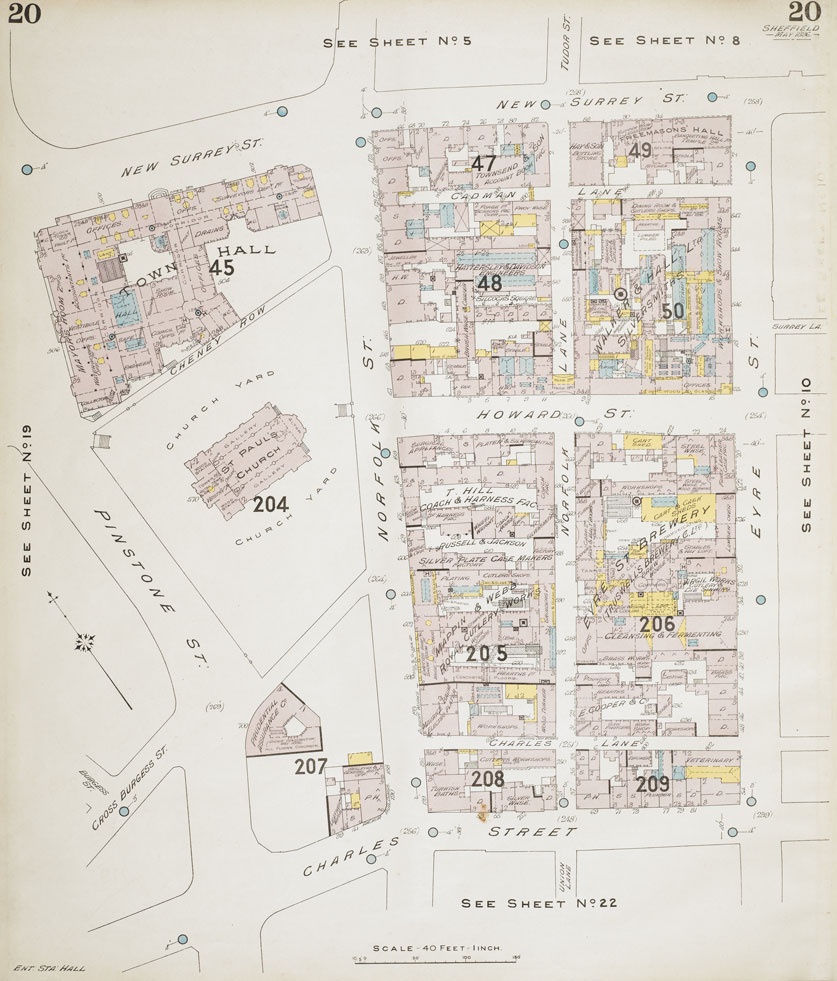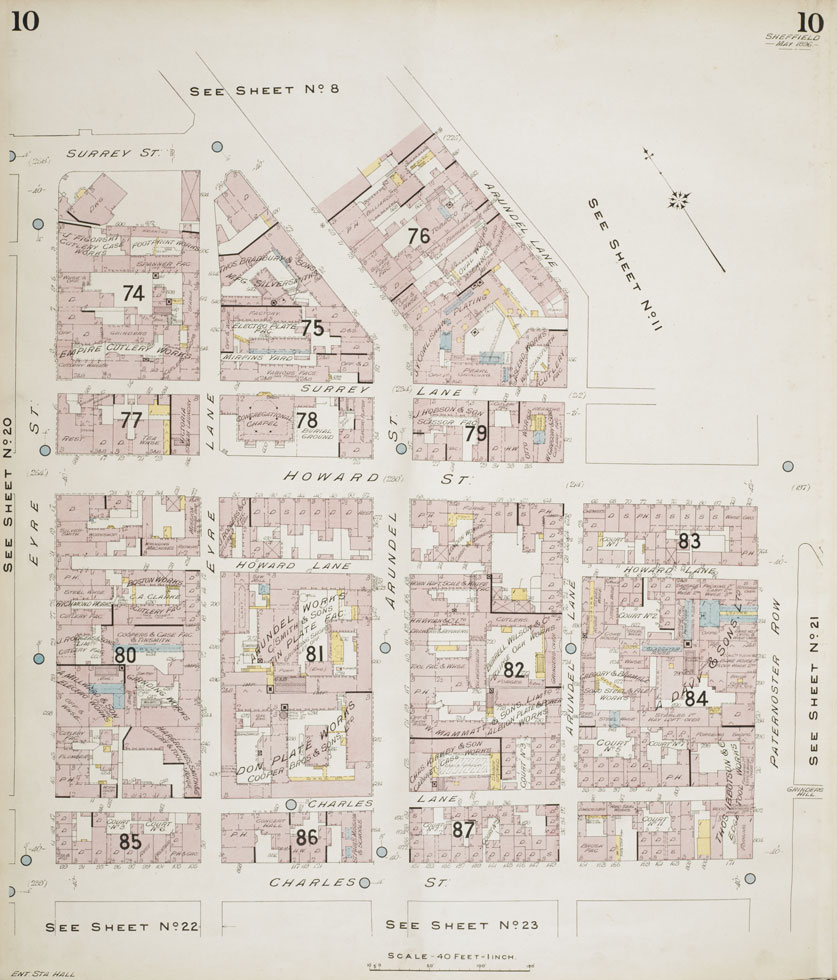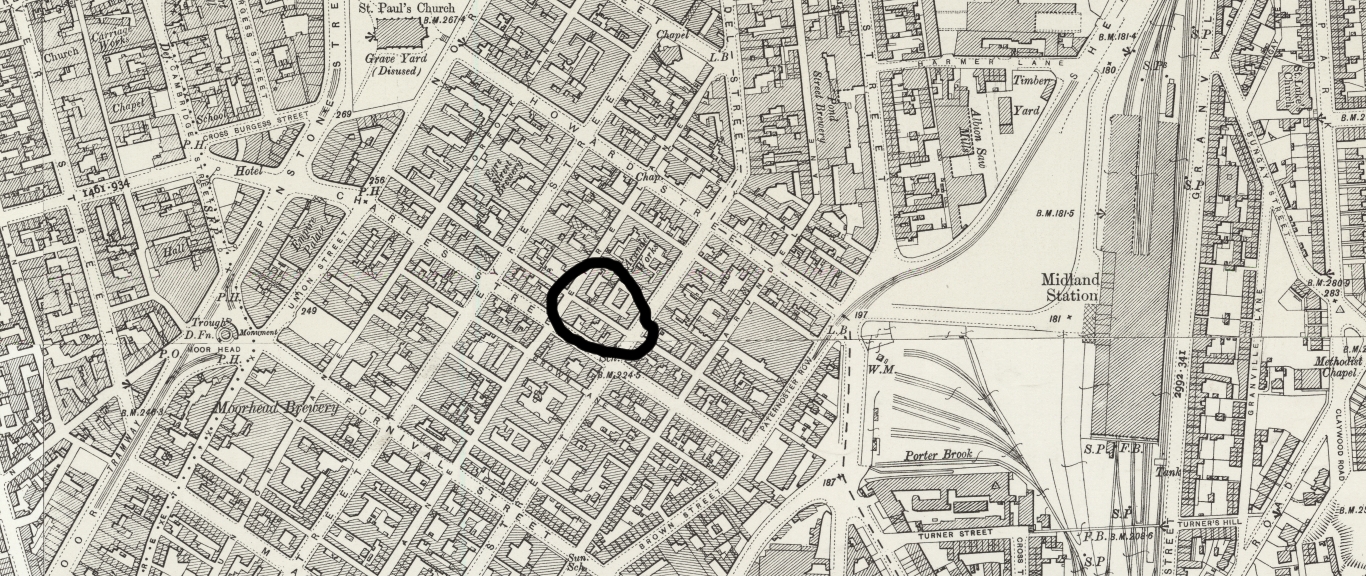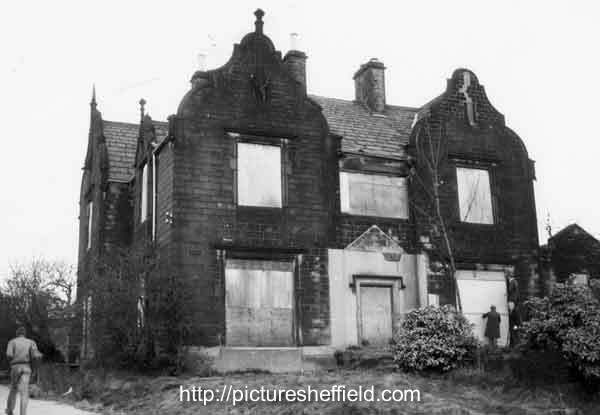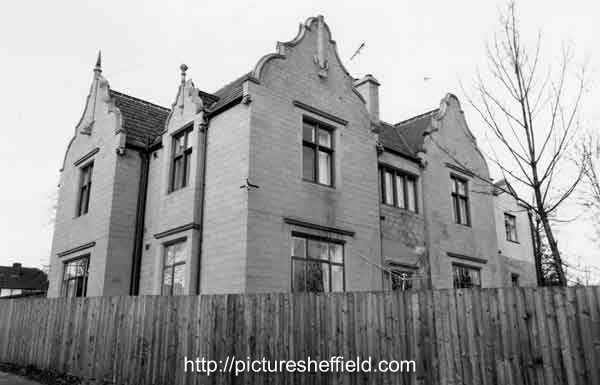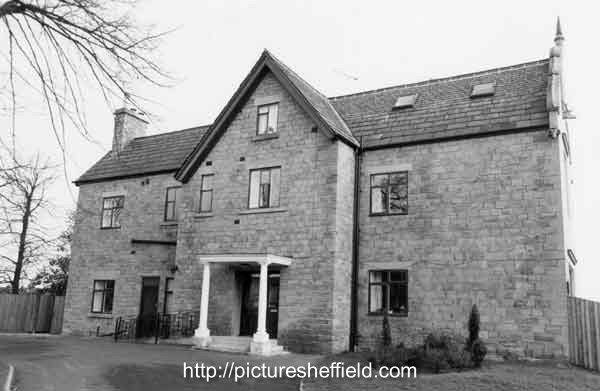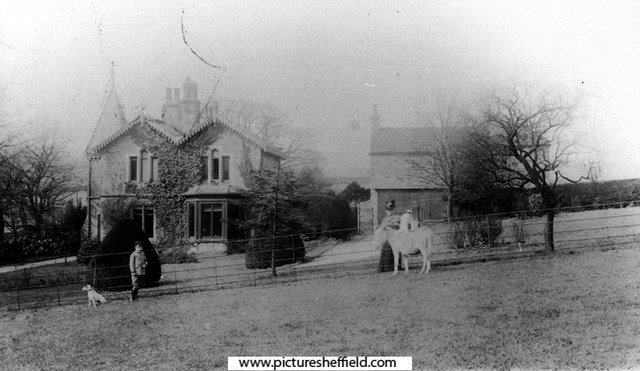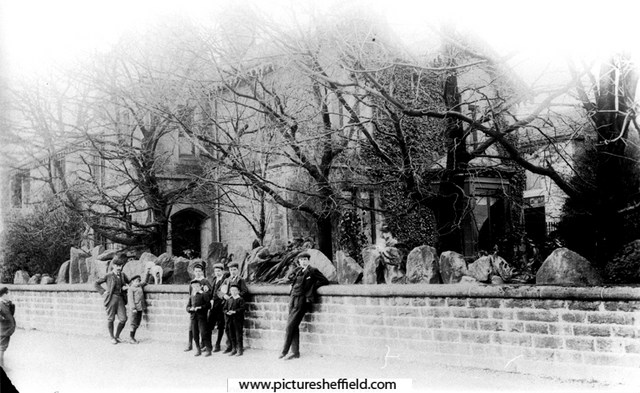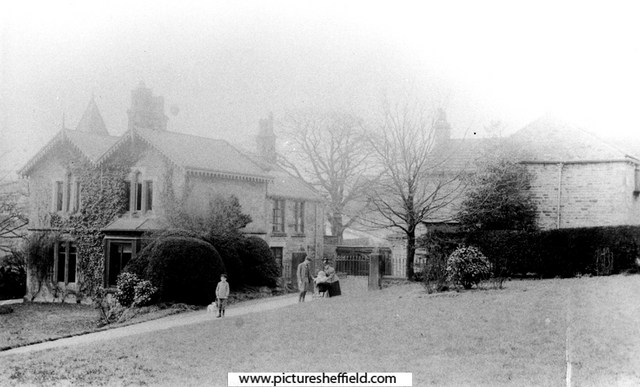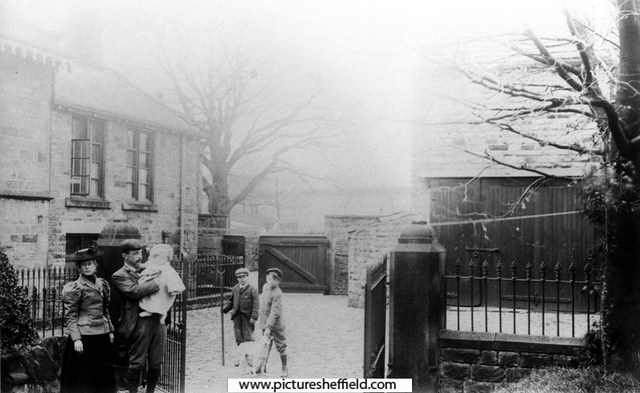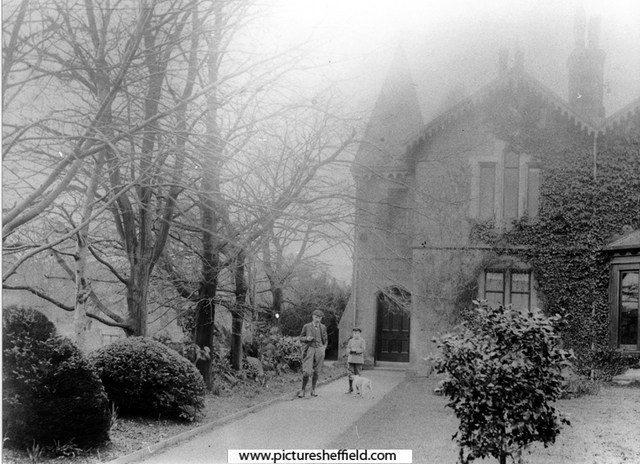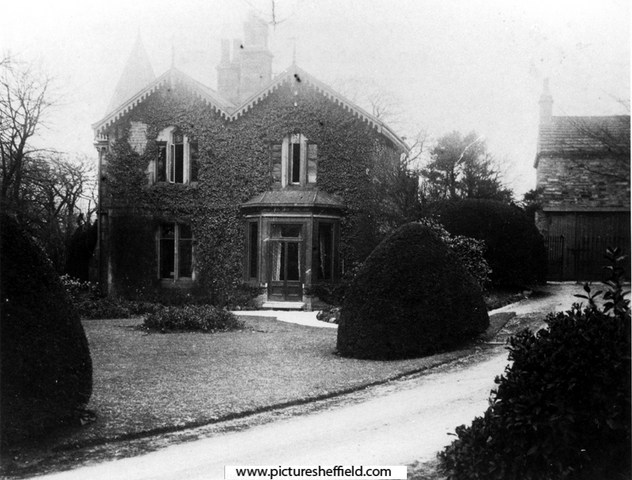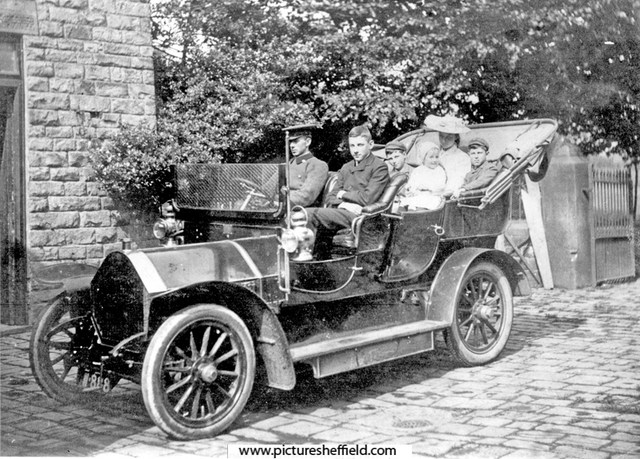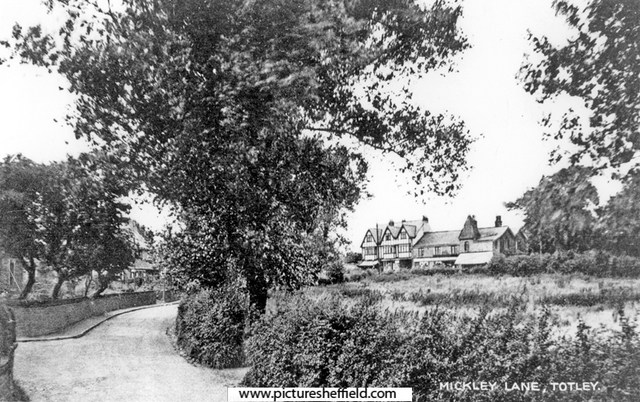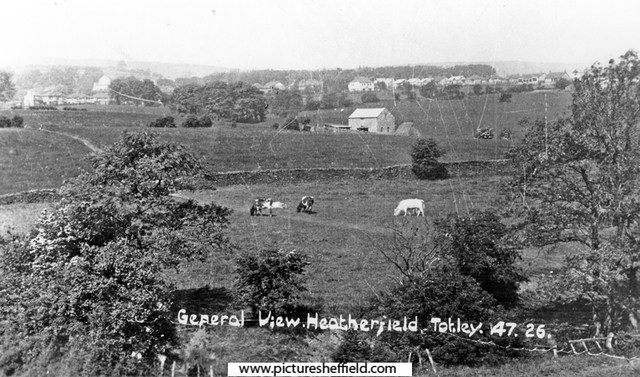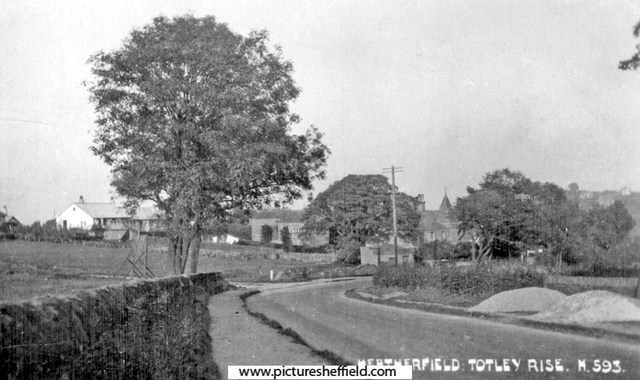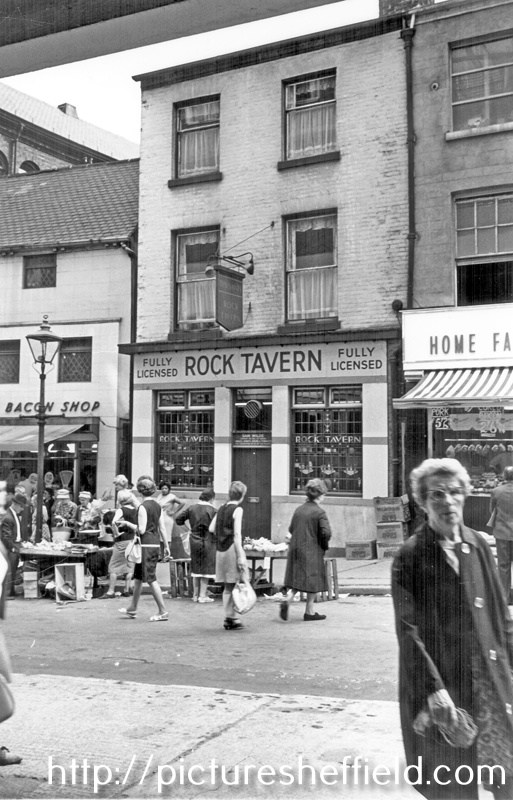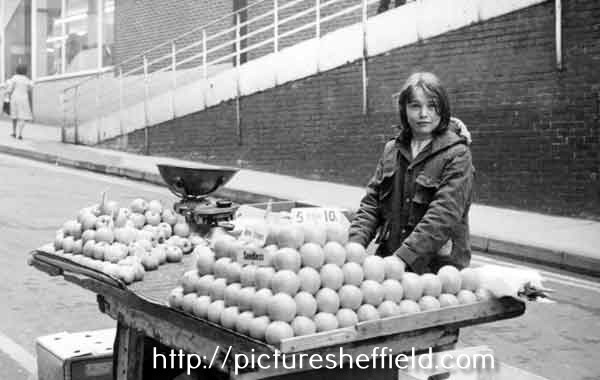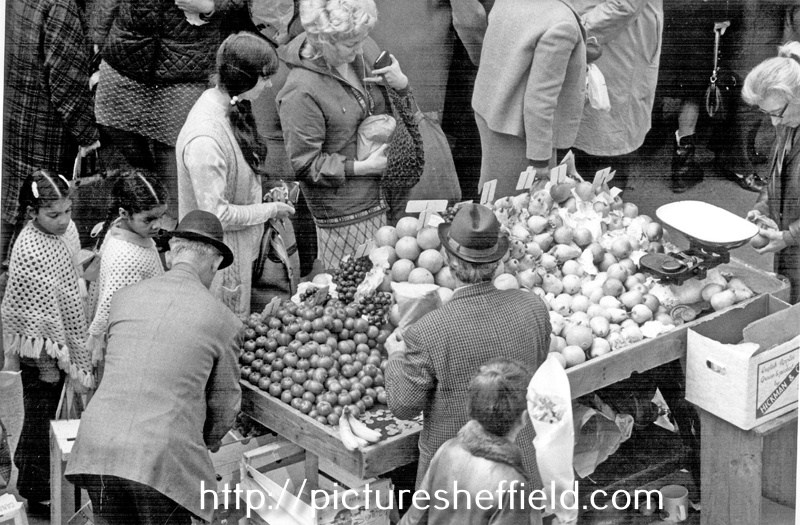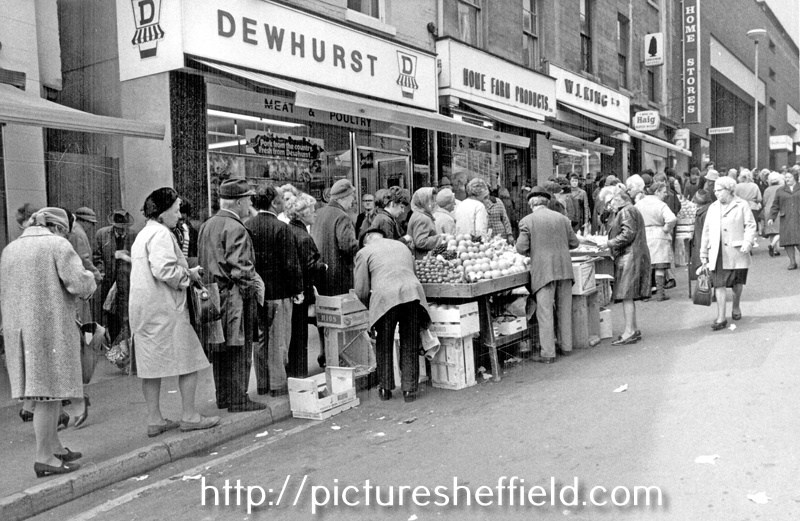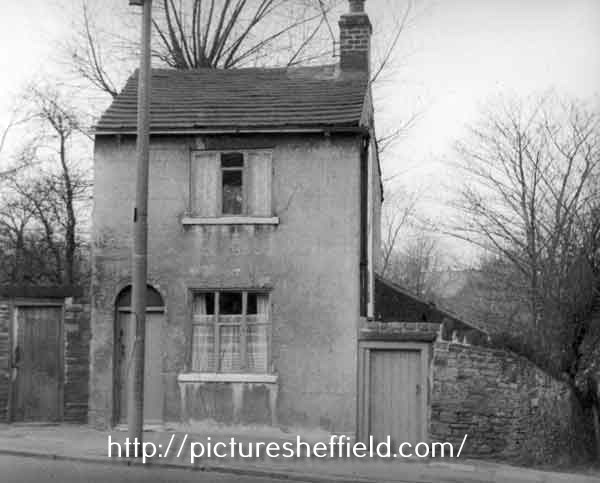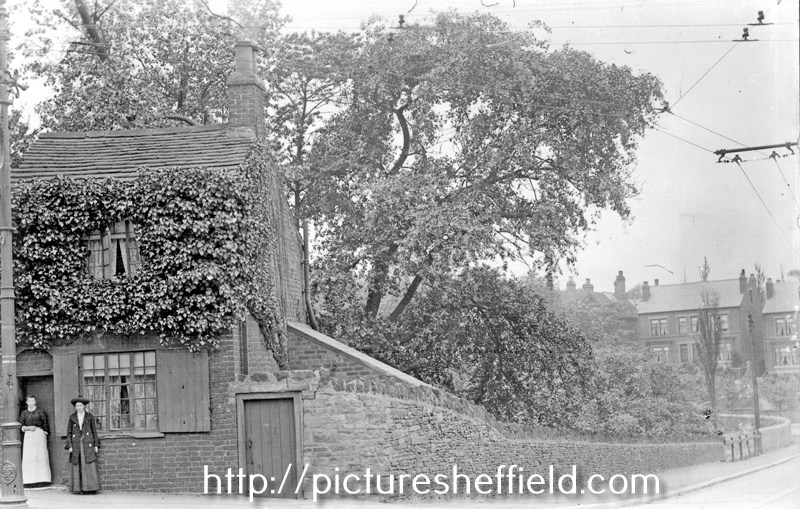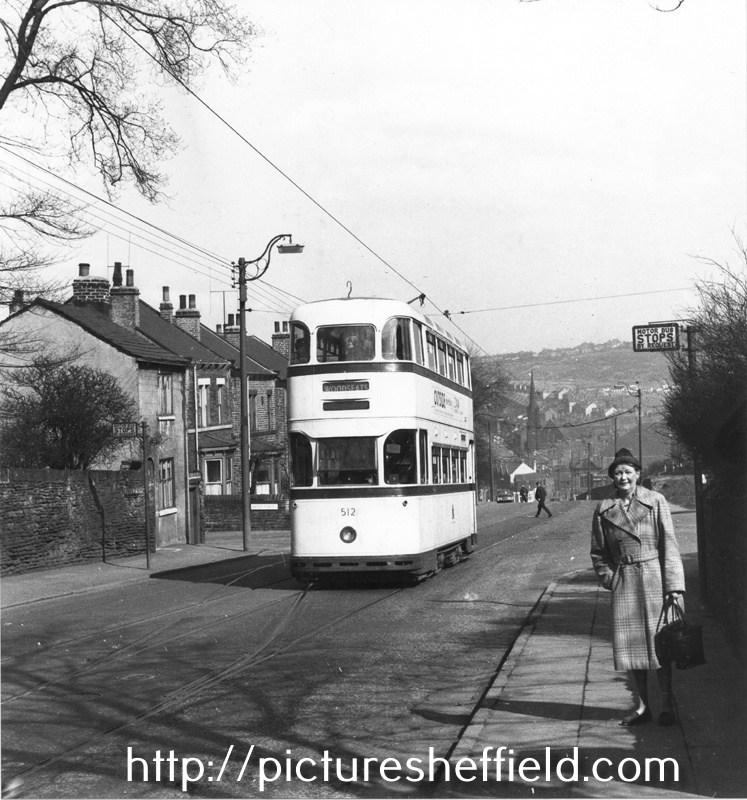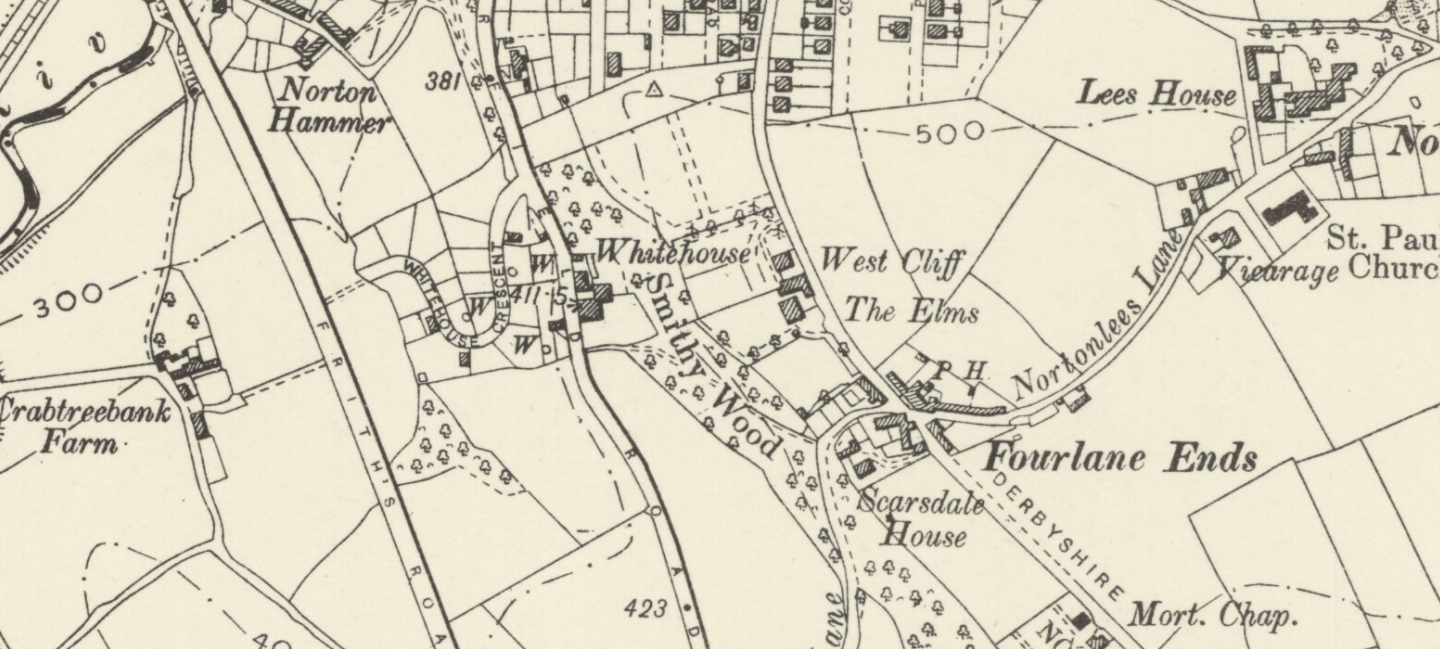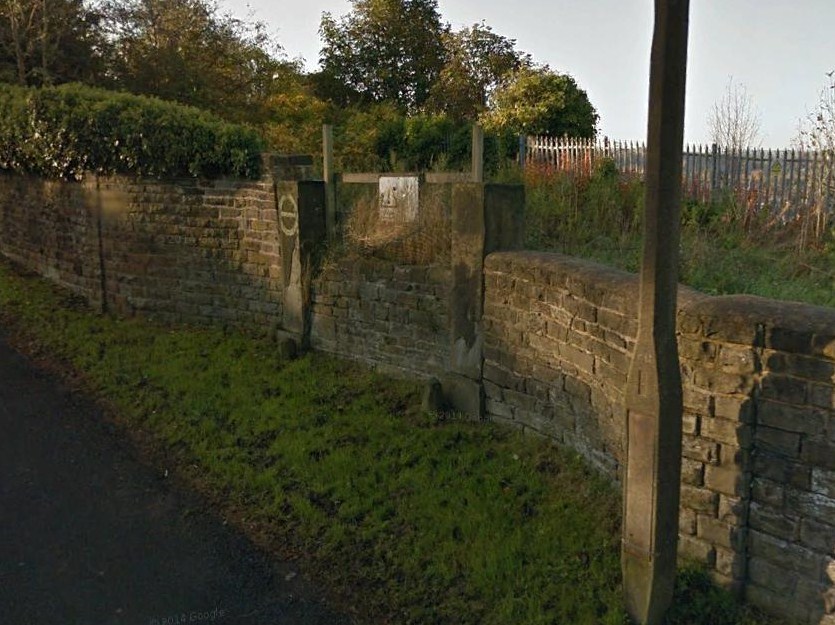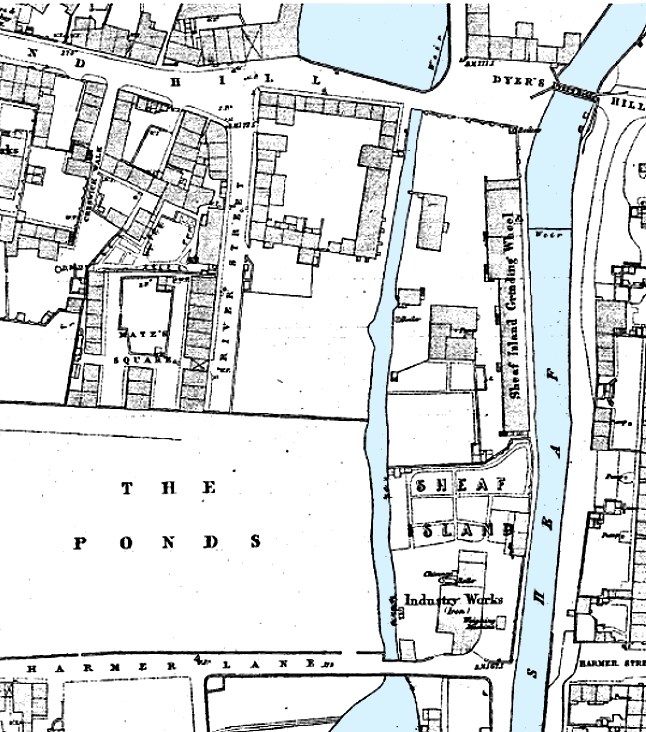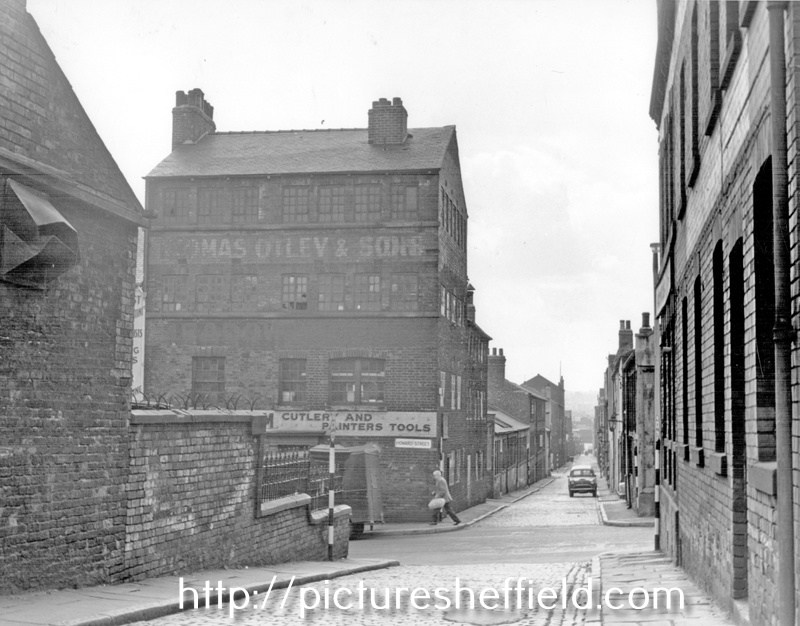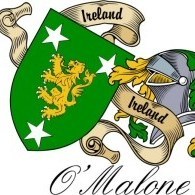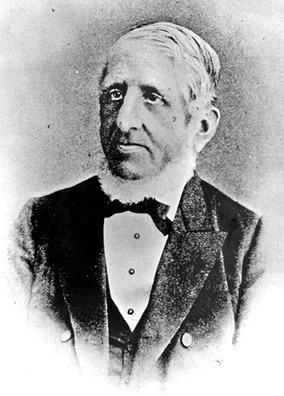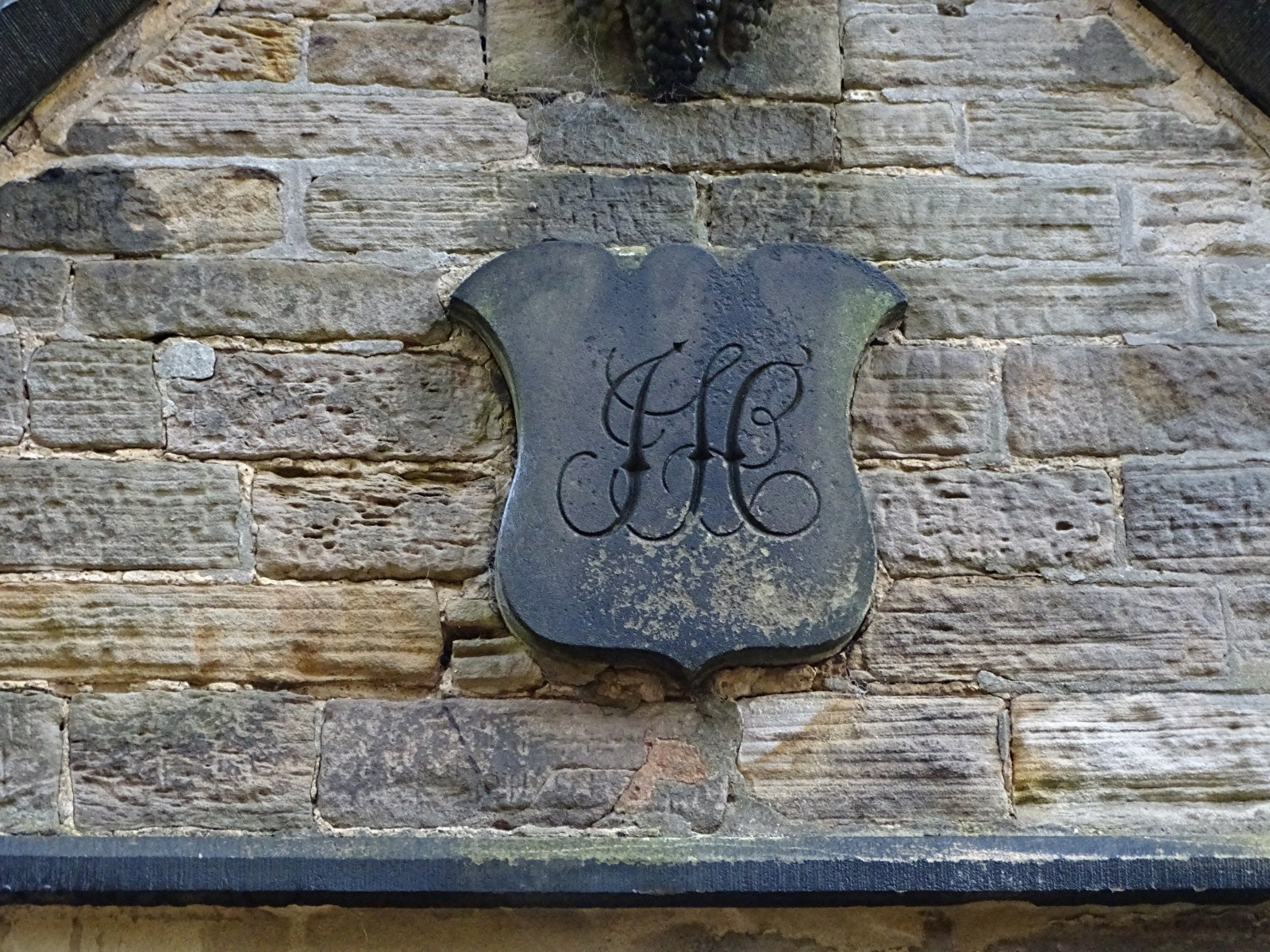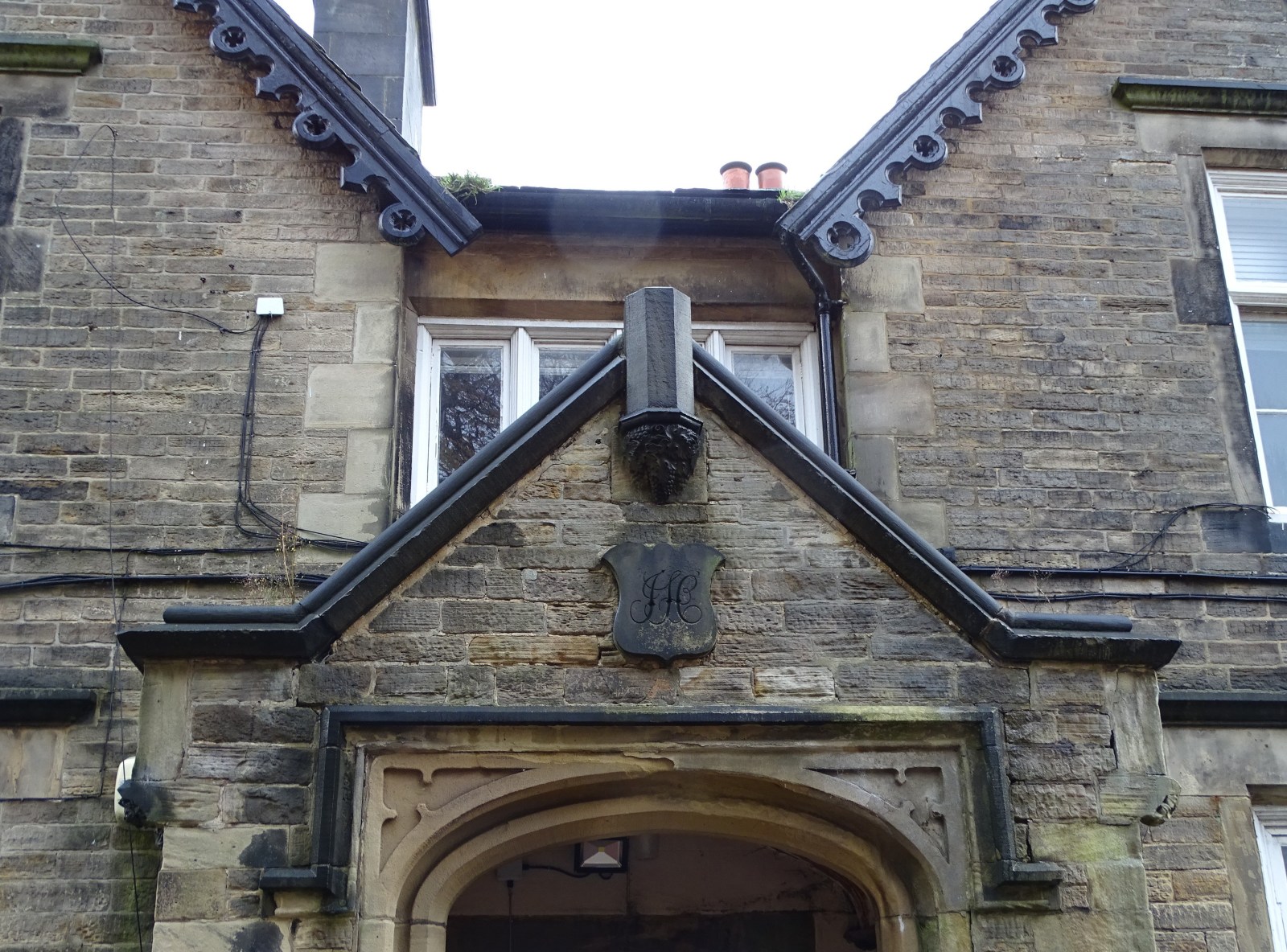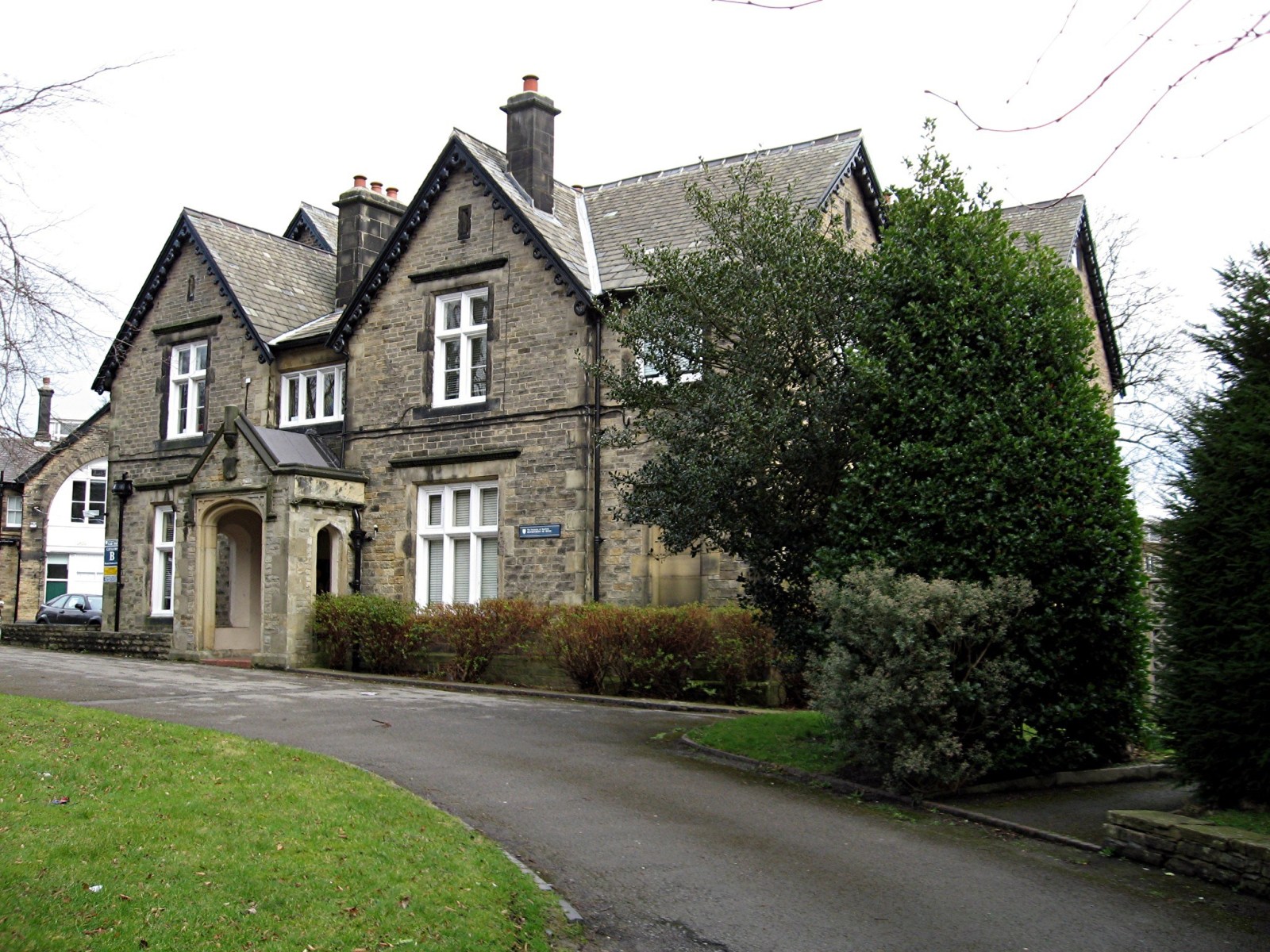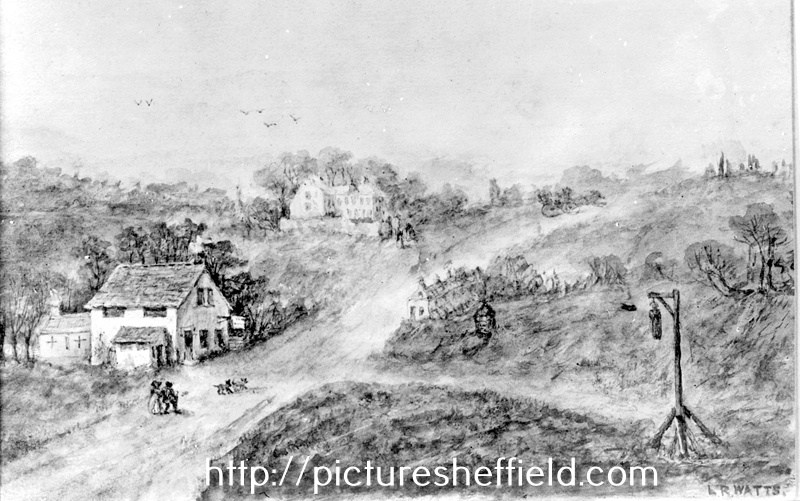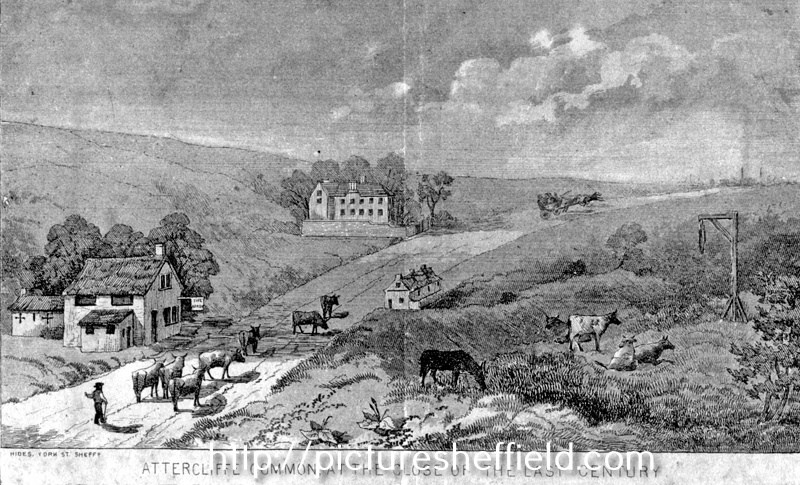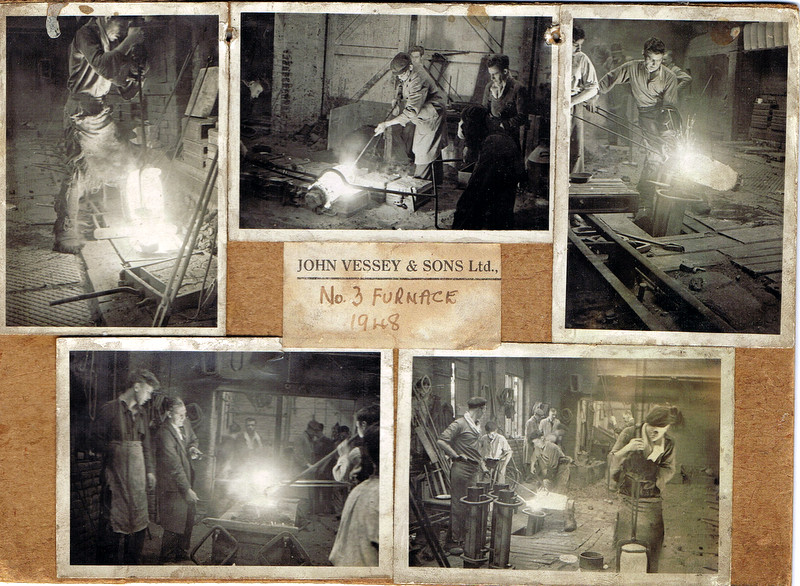Search the Community
Showing results for 'coal pit lane'.
Found 10,025 results
-
Another fantastic Sheffield Video! Watch video here 👉 I walked through Jew Lane in Sheffield!
-
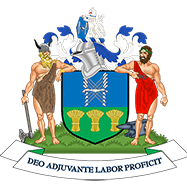
SHEFFIELD TOUR | Campo Lane and Paradise Square | Sheffield walking tour
Sheffield History posted a topic in Sheffield Videos
Another fantastic Sheffield Video! Watch video here 👉 SHEFFIELD TOUR | Campo Lane and Paradise Square | Sheffield walking tour -

SHEFFIELD TOUR | Black Swan Walk : The SECRET hidden lane on Fargate you didn't know about!!
Sheffield History posted a topic in Sheffield Videos
Another fantastic Sheffield Video! Watch video here 👉 SHEFFIELD TOUR | Black Swan Walk : The SECRET hidden lane on Fargate you didn't know about!! -
I have traced an ancestor living at 2 Green Square, Charles Lane on the 1851 census. The nearest I can get following the route of the census is somewhere between Eyre Lane and Arundel Street. I've used the OS 25ins 1892-1914 map & the 1906 Insurance maps but the location is not identified and I'm assuming it was developed before these dates. Does anyone have any ideas?
-
Norwood Grange, junction of Longley Lane, Herries Road and Norwood Grange Drive. 15th March 1983 s38698 December 1988.s38697 December 1988s38696 Norwood Grange now a Care Home. https://www.norwoodgrange.co.uk/
-
Greenoak House, Baslow Road, Totley At the time of the photographs (about 1900), rented from Ebenezer Hall of Abbeydale Park, by Athol Capron and family. The house was formerly a Farm and Greenoak Inn. Converted and extended into a family residence in the late c19th. See 'Totley District in Old Photographs', by Brian Edwards, Cat. No. 942.74 S. Mickley Lane, Totley, with a view of the buildings on Baslow Road including Greenoak House (the former Greenoak Inn). The smaller part in the middle was the original Greenoak Inn, built 1812. The extension on the right was added much later when it became Greenoak House. The part on the left was added early 1900's. s11439 The family of Athol Capron (consisting of his wife, 4 children and donkey) moved into Greenoak House in 1899, paying £90 p.a. rent to Ebenezer Hall of Abbeydale Park. Greenoak House from Baslow Road. s06092 Family of Athol Capron in Humber car at Greenoak House, Maurice (front seat), John (behind), Clare (on lap) and Gérard. 1906. s09007 From Donkey Field. Mrs. Capron and Maurice.s06089 Greenoak House from Baslow Road. A. C. Capron, Maurice (son) and Roy (dog) with village boys.s06087 Mr and Mrs Athol Capron with children, Maurice (with Roy the dog) and either John or Gerard in pram. s06088 In the yard, Greenoak House, Mr and Mrs Athol Capron with children- Gerard? in Father's arms. Maurice with the garden boy and Roy the dog.s06090 Mr Athol Capron, Maurice (son) and Roy the dog. 1906.s06091 General View of Greenoak and Heatherfield, Totley, leading to Main Avenue, before houses were built.s11438 Early construction of Heatherfield Estate, Baslow Road, Totley Rise. The Crescent, left. Greenoak Toll House is behind the telegraph pole. y01872 Photographer: R Sneath
-

Dixon Lane in Sheffield City Centre
Ponytail replied to Sheffield History's topic in Sheffield History Chat
Shame this photograph isn't in colour. Rock Tavern, No. 20 Dixon Lane, 1969. s21769 From: https://www.closedpubs.co.uk The Lost Pubs Project. Rock Tavern. https://www.closedpubs.co.uk/yorkshire/sheffield_s1_rock.html Pub History.com Rock, 20 Dixon Lane. https://pubshistory.com/Yorkshire/SheffieldR/RockDixon.shtml -
I have traced my Great Grandfather living at 5 Brightside Lane in 1871. i have an early map which does not show house numbers but on the assumption that road number start nearest the city centre i have estimated number 5 as being at the intersection with Newhall road to the left of the pub on the corner (see attached map). Does anyone have a map showing house numbers or any photographs of housing on Brightside Lane around this time?
-

Dixon Lane in Sheffield City Centre
Ponytail replied to Sheffield History's topic in Sheffield History Chat
Market Stall, Dixon Lane. t09689 Market Traders 1965. https://www.picturesheffield.com/frontend.php?keywords=Ref_No_increment;EQUALS;s41926&pos=85&action=zoom&id=81905 Market Stall on Dixon Lanet02350 Photographer: Fell. Market Stalls, Dixon Lane and No. 20 J.H. Dewhurst Ltd., butchers; No. 18 Home Farm Products Ltd., pork butchers; No. 22 W.J. King Ltd., provision dealers. t01676 -

Ivy Cottage/former Catch Bar Cottage, Barnsley Road
Ponytail posted a topic in Sheffield History Chat
Ivy Cottage, Osgathorpe, corner of Barnsley Road and Batley Street with houses on Crabtree Lane in the background. 1905. s13399 u10512 Photographer: J.E.Vickers Former Pitsmoor Side-Bar or Catch-Bar. Ivy Cottage was built to catch Wayfarers travelling up Barnsley Road, who'd by-passed Pitsmoor Toll Bar by turning up Osgathorpe Road. Hence the phrase Catch-Bar as they 'had' to pay here. Tram No. 512, Barnsley Road looking towards Fir Vale, showing No. 307 Ivy Cottage, former Pitsmoor Side-Bar or Catch-Bar at the from the junction with Batley Street (left) and the junction with Osgathorpe Road (right). April 1960.s25156 Photographer: Mr. D.J. Smithies. -
Link to: Little Man's Museum /Grapes Inn, Furnace Lane. https://www.sheffieldhistory.co.uk/forums/topic/12408-little-mans-museum-grapes-inn-furnace-ln/
-
Would love to know more about the houses which stood off Derbyshire lane (on the one-way section below the Scarsdale Road junction). On the 1897 map they are referred to as West Cliff and The Elms. Various gateposts and parts of old wall are still visible from the road. Presumably they were demolished in connection with the quarry/brickworks off Chesterfield Road (now Homebase etc).
-

Dixon Lane, bridge over the river.
Ponytail replied to Roger Stevenson's topic in Sheffield History Chat
The Canal Basin measured for the Duke of Norfolk, with the line of Exchange Street plotted, [1817] https://www.picturesheffield.com/frontend.php?keywords=Ref_No_increment;EQUALS;arc04186&pos=5&action=zoom&id=104945 Marked: The Wicker, Blonk Street, Ladys Bridge, weir, River Dun [River Don], intended bridge [Blonk Bridge], Wain Gate, Town Hall, Castle Hill, Castle Street, Castle Folds, Hay Market, Tontine [Tontine Inn], Dixon Lane, Sheaf Bridge, River Sheaf [intended bridge], Broad Steet, hospitals and chapel [Shrewsbury Hospital], shuttle, warehouses, [canal] Basin, Soap House. -

Dixon Lane, bridge over the river.
SteveHB replied to Roger Stevenson's topic in Sheffield History Chat
-
Hi Steve. Yes! you are right! On the old picture postcards, I have found a good few mistakes on the name given to places in our area. They put Forge Dam, Endcliffe on one. Another, had a dam in Endcliffe down as Whiteley Woods. A view taken 'FROM' Woodcliffe, looking over 'TO' Quiet Lane, said from Quiet Lane looking over to Woodcliffe. Plus more:-..... I think it is that in a lot of cases, the old photographers didn't really know the area, and what boundary was where. Also I have found, people made notes of the places they had been photographing, but somehow, put them on the wrong picture. Regards Heartshome
-
Unlike Stand House Farm which was on the other end of the long lane, Windy House didn't survive the construction of the Manor Estate. The farm was probably built around 1660 to 1700. Along with the lane which went to Stand House and from there circled back to Manor Lane and the Manor Lodge. Initially the lane would have connected to the Duke of Norfolk's Private path probably just before the 1779 turnpike road (now City Road). But when that fell out of use it would have been joined up to the Turnpike. Windy House would have been an add on to the lane, which was really a lane to the hunting "stand" where Stand House was built, from the private path.
-

Thomas Otley & Sons, a Chinaman and Teapot.
Ponytail replied to Kalfred's topic in Made In Sheffield
Looking towards Howard Street and Eyre Lane from Howard Street (Dinner Hour) Club for Working Women and Girls (left), former premises of Thomas Otley and Sons, Britannia Metal Manufacturers, left. 1963. s15501 Photographer: P Fletcher -
can anyone tell me exactly where it was as it no longer exists as far as i know
-
Mr John Hobson Scissor Manufacturer 38 Taptonville Road The finely worked initials of J H can be seen over the entrance to what was John Hobson’s front door at 38 Taptonville Road, the following pre-amble is from the great work done by the Broomhill Social History Group. In 1850 Sheffield was entering a period of major expansion and Broomhill was a favoured location for the homes of successful manufacturers and professional classes. In the 18th century the fields now occupied by Taptonville Rd were owned by Samuel Shore Esq., a local gentleman who lived in Tapton Grove, situated on Shore Lane where Tapton Hall (the Masonic Hall) now stands. A comparison of the 1851 map of the area with the present day illustrates how the pattern of the modern streets closely follows the pre-development field boundaries and lanes. Typically, the streets run through the centres of the original fields and the field boundaries are along the back garden walls of the houses. In 1850, Scissor manufacturer John Hobson purchased the fields that would become Taptonville Road and planned the development of the road, placing his own family home, Tapton Elms, in prime position on the highest ground at the head of the road. The gentility of the neighbourhood was assured by laying out the street with sizeable plots that were developed during the 1850s and 1860s with large, elegant houses of individual design standing in spacious gardens. Many of the successful industrialists in Sheffield were investing in property during this period. • No.1: was built in 1853 by Joseph Wright Bishop, one of a pair with 246 Fulwood Rd. • No’s 2, 4 and 6 were all built in 1855 by Robert Booth (originally a tailor, then property developer). • No’s 3, 5 and 7: were built in 1852 by William Greenwood, (property investor), who lived for a time in no.3 and then later in no. 5. • No.8 Built in 1861 by Charles Fleming (an engraver) as his own family home • No.10 Built in 1870 by J F Littlewood (a cooper) as his own family home • No’s 9 to 19: Built 1852 by George Deakin (originally a silversmith, then property developer) who lived for a while in no.17. The Hobson’s originated from Bradfield, the founder of the scissor empire, Joseph married a certain Miss Hinchcliffe who’s father was already making a good living producing scissors, Joseph Hobson is listed in the 1787 directory of the town, he was still in Bradfield at that time along with his son George, sometime before 1825 he had moved to Sheffield as he’s listed as a fine scissor maker, producing scissors from his works at 8 New Church Street, the yard where he made is scissors was named Hobson’s Yard after him, this street along with the yard was demolished and the present town hall was built over it, Josephs house was at 3 Surrey Street, it’s a strong possibility that he had access to the rear of his works from the rear of his house, by 1845, Joseph died on the 14th of September 1847 aged 75, the production was moved to 71 Arundel Street, his son John also moved house to 18 Surrey Street. I don’t know the circumstances but in 1879 John is working at 95 Arundel Street which probably stood near to where the Cossack stood, his old premises at 71 Arundel Street became the Talbot public house, which was run by two women, Miss Mary Norris and Miss Agnes Parsons in 1878ish. John Hobson’s family house was started in 1851 and completed in 1853. The gardens of Tapton Elms dominate the vistas north and south along Taptonville road. The ornamental garden to the south of the house’s principal façade has been lost under the two L-shaped disused student residence blocks now standing within this area. Further south, the half-acre walled kitchen garden of Tapton Elms has a highly decorative entrance gateway facing the street; all four boundary walls and gateways of this garden are still intact. Tapton Elms was the home for more than 70 years of the Hobson family. They were an old Sheffield family with a long history in the scissor manufacturing industry dating back to the 17th century .The Hobson’s’ business enterprises linked them to several of Sheffield’s best-known companies through a series of alliances and mergers, as well as trading under their own name for many years. For nearly half a century John Hobson drove the family business, it was known for its fine tailors shears and scissors, in the census of 1871 the firm employed 120 people half of which were women. John the driving force of the firm retired in 1882 and he died unexpectedly at Tapton Elms on the 20th of February 1889, after visiting his friend Frederick Mappin ( Mappin & Webb / Mappin's Brewery) at Thornbury, now Thornbury Hospital, as Tony Morton now knows after brilliant surgery there. The business was passed on to one of his sons, Albert, when John retired, who was just 21, this young man was severely crippled and could not walk without two strong walking sticks, when his father died he sold the business and order book to Joseph Rodgers, Albert along with his brother Wilfred joined the board of directors. Albert suffered great loss in the WW I his two sons, Leslie aged 19 was killed on 12th of July 1915 and his other son Alan lost his life on 28th of August 1916 age 23, for what? Tapton Elms is now being turned into flats by the look of it a sad end to a great house. I must point out that the history of Hobson & Son was gleaned from Geoff Tweeddale’s Directory of Sheffield Cutlery Manufacturers , thanks Geoff.
-

The Pheasant Inn (Beerhouse) / Stumble Inn
Ponytail replied to dunsbyowl1867's topic in Sheffield Pubs and WMC's
Artists impression of Attercliffe Common at the close of the 18th Century, near Greenland Engine Road (now Broughton Lane), buildings shown are the Arrow Inn, now pulled down, the Pheasant Inn and Carbrook Hall and gibbet post of Spence Broughton. t00983 Hides, engraver. On February 9, 1791 Spence Broughton along with John Oxley robbed the Sheffield to Rotherham postboy and stole the postbag containing a Bill of Exchange payable to Joseph Walker of Rotherham. Broughton was executed at York Tyburn and gibbeted at the scene of his crime where his remains hung for 36 years. Another Artists impression of Attercliffe Common at the close of the 18th Century. s13124 Engraver, Hides. -

Brunswick Steel Works, Denby Street & Albion Steel Works, Arley Street
Richard Vessey replied to Richard Vessey's topic in Sheffield History Chat
Very interesting to see the adverts and directory entries (which I have copied). Wardrobe & Smith had premises next to Matthias Spencer & Sons in Arley Street. It seems that when Vesseys bought Matthias Spencer & Sons in the 1920s they must have also bought out Wardrobe & Smith as the Vessey company occupied the whole site. Members of the Wardrobe family remained on the board of John Vessey & Sons (holdings) Ltd. Matthias Spencer & Sons were file makers and steel makers but upon purchase by Vesseys, the file making side was sold to Spencer Clark (previously Walter Spencer & Co.) which had family connections to Matthias Spencer. It seems that Matthias Spencer must have also made picks for coal mining as this direction of business was continued by Vesseys, upgrading to many tools for the coal extraction business including the "Clever Mary" which I think was a pick head which when added to many others on a chain could rip through a coal seam. I attach a collage of photos of crucible pouring from 1948 which I assume must be the Brunswick Steel Works in Denby Street (and not the Matthias Spencer works). It would be very interesting if anyone has any knowledge of when crucible steel making stopped at Brunswick Steel Works (Vesseys), Albion Steel Works (Matthias Spencer) and Wardrobe & Smith. Also fun to note that Denby Street was called New Thomas Street and Arley Street was called Cross George Street. Replying to Lysanderix, it would be interesting to hear more on dealings with Vesseys in the 60s as I believe their steelmaking stopped in the late 50s and the majority of the Brunswick premises was then sold to Harrisons, just keeping offices until they were transferred to the Matthias Spencer site in Arley Street, then selling the old offices also to Harrisons in the early 60s. There was investment in electric steel furnaces before the end. It would be great to gather when steel making finally stopped at both Brunswick and Albion steel works. In the end, the Vessey name dropped and the enterprise continued as Matthias Spencer & Co (under Vessey ownership) specialising in coal mining equipment into the 1980s when the business moved to a "green field site" as Spencer Todwick - not quite sure what happened ultimately to Spencer Todwick but as coal mining pretty well evaporated in the 1980s with the new government then, I assume that the company must have gone out of business. All and any feedback appreciated..... thank you. -
Looking at the pictures on picture Sheffield, I found a few that piqued my curiosity. There is a picture of the Great Yorkshire show, Coal Aston Aerodrome ( http://www.picturesheffield.com/cgi-bin/pi...ff.refno=u03685 ), showing a large area, apparently nothing like, or near the place at the top of Dyche lane. There are some other aerial photos of the site, and the implication ( http://www.picturesheffield.com/cgi-bin/pi...ff.refno=s15316 ) is that it occupied space to the South East of the Norton Hotel, around what is now Gilders and Meadowhead college, and not what I would call Coal Aston at all. Another photo shows a Vickers Vimy there - and a search then turned up this: http://www.flightglobal.com/pdfarchive/vie...20-%201020.html Does anyone know more about: The Aerodrome - it appears to still have had some purpose in 1920 ( http://hansard.millbanksystems.com/written...aston-aerodrome ), it wasn't a small site and can't have been secret, so why don't we know more? or The visit of these flight pioneers to Sheffield?
-
Hello I'm trying to unlock a family mystery and I hope by researching some addresses, who lived there etc in certain years will help me. Any information that would shed light. I would like advice on which records would give be the best information. I’m assuming it would involve a trip to the local studies library so I would like to have a plan before I make the journey to Sheffield. The addresses and years are; 1876 12 ct 17h Bernard St 1887 Castle Court 7 Sylvester Lane 1887 8 Castle Yard, could be 251 or 285 1891 32 ct 3h Fitzwilliam St 1909 1 Regent Lane 1913 25 ct 3h Thomas Street Also was there a different numbering system also use such as for example 13 house 2 court also referred to as 250. Many thanks!
-
Coal fires were good for toasting your bread with a toasting fork, then you could get in front of it for a warm as well, but careful the bread didn't drop off the fork. Toast never tasted the same when we "went electric" and had to put it under the gas cookers grill. Sorry I digress. A downside of coal fires if you hadn't swept your chimney regularly, risked a fall of soot putting out the fire and making a real mess in the room with soot and smoke. Do these modern day wood/coal burning stoves need their flues/chimneys sweeping? It won't be as much fun to watch.
-
You might enjoy this from my family history - Chimney sweeps are a rare sight nowadays with the advent of gas fires and central heating. During my childhood they were frequently to be seen riding about on their bikes with their brushes strapped to their backs and their faces black with soot. It would create a bit of amusement for the children around who stood around watching and waiting for the brushes to appear out of the chimney tops. Dad as usual, loathe to waste money on something he felt he could do just as well as anyone else, bought his own set of brushes. No matter how careful he was soot still got everywhere. All the furniture would be moved back and covered with old sheets and the carpet rolled back. A sheet would be draped over the fireplace under which he would disappear along with the brushes and extending rods. Invariably he would get the brushes stuck up the chimney and amid much swearing, cursing and large amounts of falling soot, Mum would inevitably get the blame for it all. We would keep being sent outside to see if the brush had appeared yet. When the rods and the brush were finally pulled down there would always be a large fall of soot and dad would emerge coughing, spluttering and cursing with a black face. People of my generation often say there is nothing to beat a coal fire. Perhaps there isn't when you do see a good one burning but what about trying to light one on a cold winter's morning. No thank you. First there was the grate to empty and the ash-pan. Crumpled up newspaper would be placed in the grate with firewood placed sparingly across it and if mum could afford it firelighters. Decent sized pieces of coal would then be placed on and the newspaper lit. The shovel would be propped up across the front and a sheet of newspaper placed across it to help 'draw the fire'. More often than not the sheet of newspaper would catch fire too. Some housewives would throw sugar or lighter fluid on to help get it going and many a chimney fire would be started that way. Coal fires were only warm if you were sat on top of them: the back of you would be freezing.

